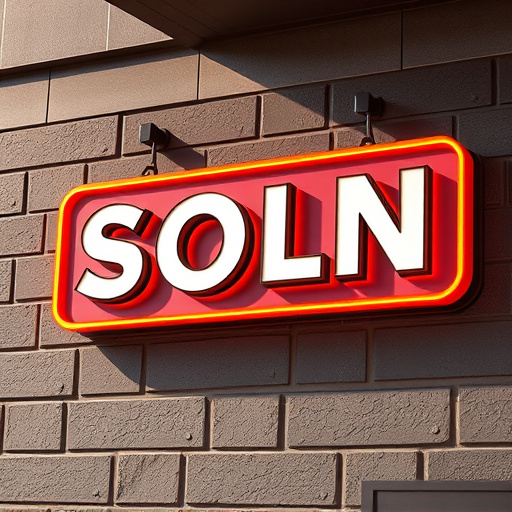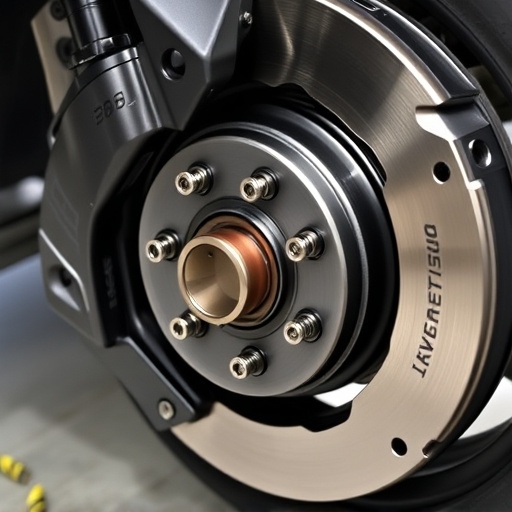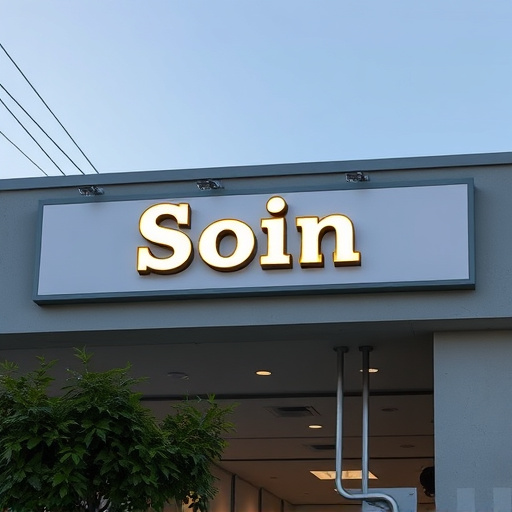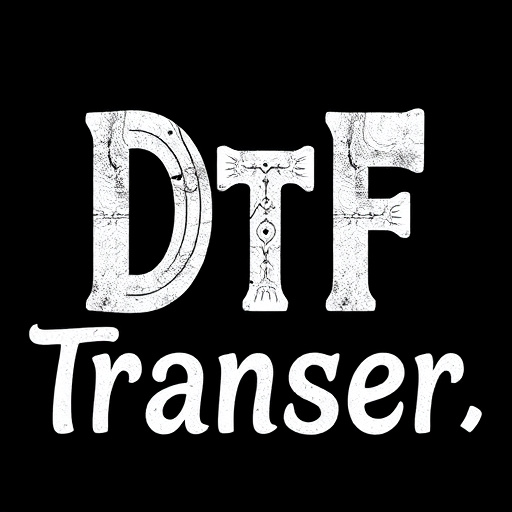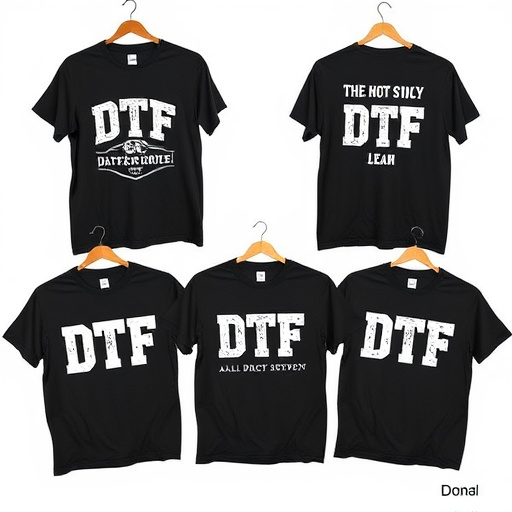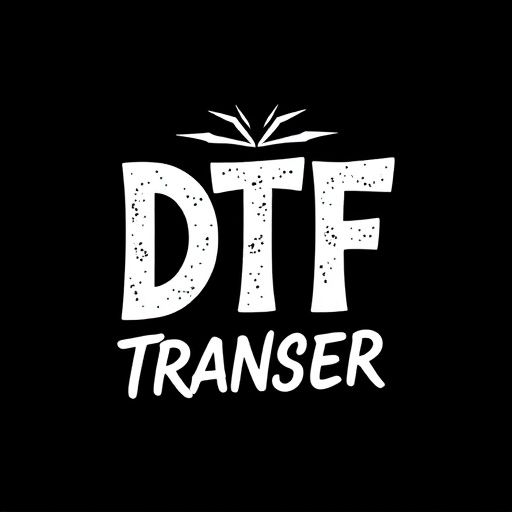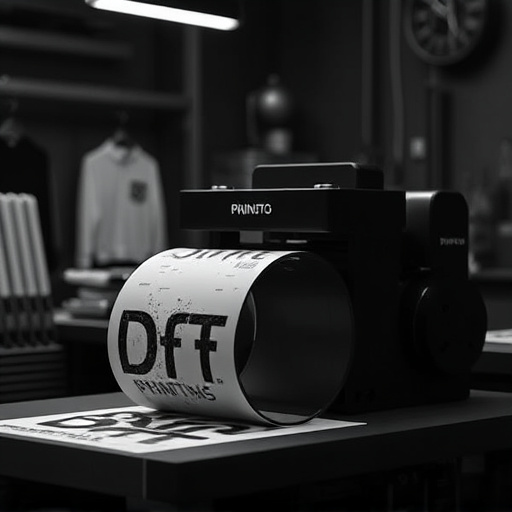Mastering Direct to Fabric (DTF) transfers is key for successful wholesale printing ventures. Using specialized heat press machines and DTF paper, intricate designs are applied to various fabrics with vibrant colors and durability. Optimizing file format (300 DPI PNG/JPEG 2000), checking color profiles, calibrating printers, converting to CMYK, and testing files ensures high-quality prints on dark fabrics like personalized hoodies.
Wholesale DTF transfers are a popular choice for printers looking to offer high-quality, custom designs. To master this process, understanding the basics of Direct-to-Fabric (DTF) transfers is key. This article guides you through preparing files for seamless wholesale DTF printing. From file format and resolution optimization to ensuring print quality and color accuracy, discover essential tips to create impeccable designs that meet wholesale DTF transfer standards.
- Understand DTF Transfer Basics
- Optimize File Format and Resolution
- Ensure Print Quality and Color Accuracy
Understand DTF Transfer Basics

Understanding the fundamentals of DTF (Direct to Fabric) transfers is key before diving into wholesale printing. DTF technology enables high-quality, intricate designs to be applied directly onto various fabric surfaces, including t-shirts, hats, and more. This method involves using specialized heat press machines and dtf heat transfer paper to achieve a precise and long-lasting print. The process ensures that the design is embedded into the fabric fiber, making it durable against fading or peeling.
For those looking to venture into wholesale DTF transfers printing, knowing your material is paramount. Different fabrics require specific settings and paper types for optimal results, whether you’re focusing on dtf printing for t-shirts or other garments. The right preparation involves understanding the fabric’s composition and weight, pre-treating where necessary, and ensuring the design is properly scaled and aligned for accurate reproduction.
Optimize File Format and Resolution

When preparing files for Wholesale DTF Transfers, optimizing the file format and resolution is a crucial step. Using the correct settings ensures that your designs translate perfectly onto products like personalized hoodies using heat press technology. For best results with DTF transfer film, aim for high-resolution images (300 DPI or higher) saved in formats such as PNG or JPEG 2000. These file types preserve detailed lines and vibrant colors, which are essential for intricate designs.
Remember that the right format and resolution can significantly impact the final print quality. For instance, when designing direct to film personalized hoodies, a well-optimized file ensures precise color representation and smooth lines, resulting in a superior customer experience. Therefore, take the time to check your settings and make adjustments as needed before sending your files for printing.
Ensure Print Quality and Color Accuracy
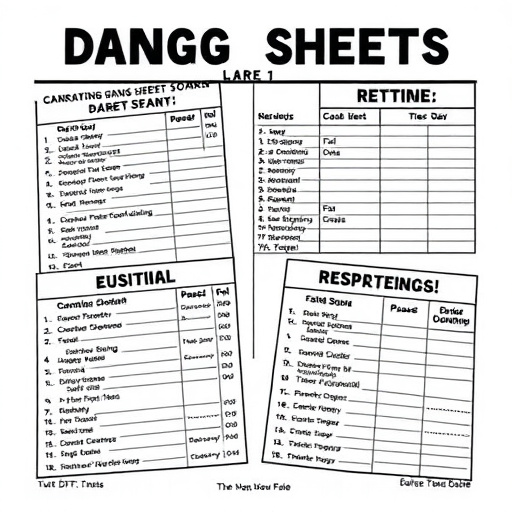
When preparing files for Wholesale DTF Transfers, ensuring print quality and color accuracy is paramount to achieving excellent results. Use high-resolution images (300 DPI or higher) and check for any color profiles or modes that might affect how your design appears on the final product. A direct to film printer (DTF) should be calibrated regularly to maintain precise color reproduction, especially when printing on dark fabrics, which can pose challenges due to ink opacity.
To guarantee optimal DTF printing for t-shirts and other materials, convert all colors to CMYK format and ensure your design is free from any transparency issues or unwanted elements that could cause print defects. Testing the file on a sample print before finalizing ensures you catch any discrepancies early on, allowing you to make adjustments in time for your wholesale DTF transfers.
Preparing files for wholesale DTF transfers requires a thoughtful process that ensures optimal print quality and color accuracy. By understanding the fundamentals of DTF transfer printing, optimizing file formats and resolutions, and adhering to strict quality standards, you can produce vibrant, precise designs ready for mass production. Incorporating these steps into your workflow will not only enhance the final printed products but also streamline your wholesale DTF transfers process.


